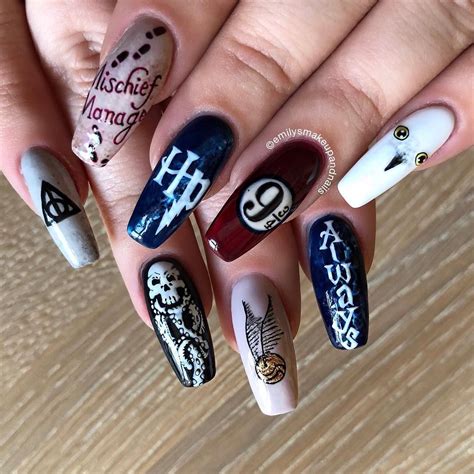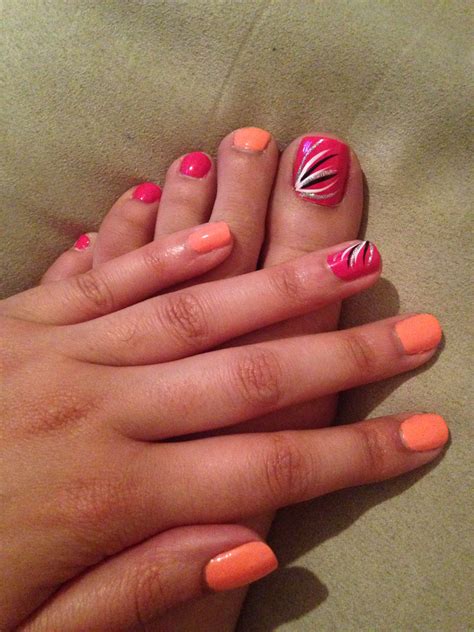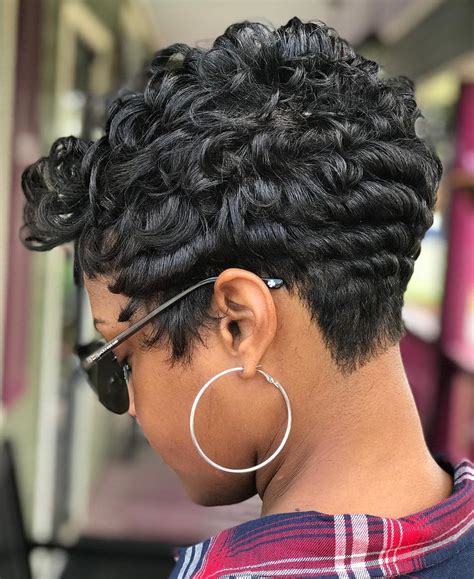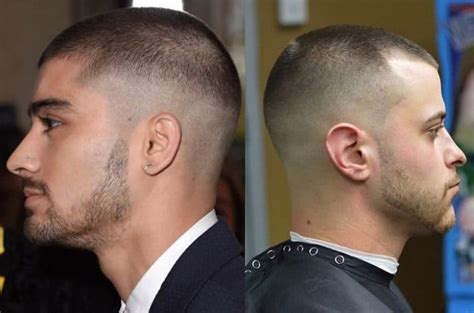Discover the impact of shoe width, toe box shape, heel height, and proper fit on your foot health. Learn to spot signs of improper shoe choices.
Impact of Shoe Width
Contents
Choosing the wrong shoe width can have a significant impact on the overall health and comfort of your feet. When your shoes are too narrow, they can cause painful ingrown nails by putting pressure on the sides of your toes. On the other hand, shoes that are too wide can lead to blisters and corns as your feet slide around inside the shoe, creating friction and rubbing against the sides. It’s important to find the right balance and choose a shoe width that allows your feet to sit comfortably without being constricted or swimming in extra space.
Wearing shoes that don’t fit properly can lead to a host of foot problems, and ingrown toenails are just one of the many issues that can arise. If the width of your shoes is too narrow, it can cause the nails to grow into the skin on the sides of your toes. This can be extremely painful and may even lead to infection if not addressed promptly. In order to prevent this, it’s essential to make sure that your shoes allow enough room for your toes to sit comfortably without any pressure on the sides.
When shopping for new shoes, it’s important to pay attention to the width as well as the length. Many people make the mistake of focusing solely on the length of the shoe, but the width is equally important. Before making a purchase, be sure to try on the shoes and walk around to ensure that they aren’t too loose or too tight. Making the right choice in terms of shoe width can go a long way in preventing ingrown toenails and other foot problems.
The Role of Toe Box Shape
When it comes to choosing the right pair of shoes, most people tend to focus on style and comfort. However, the toe box shape plays a crucial role in preventing ingrown nails. The toe box is the front part of the shoe that covers and protects the toes. It should provide enough room for the toes to wiggle and move freely, without being cramped or squished.
Shoes with a narrow or pointed toe box can put pressure on the toes, leading to ingrown nails. This can cause significant discomfort and even lead to infection if left untreated. On the other hand, shoes with a wide and spacious toe box allow the toes to spread out naturally and reduce the risk of ingrown nails.
It’s important to pay attention to the shape of the toe box when purchasing shoes, especially for individuals with wide or irregularly shaped toes. Choosing shoes with a rounded or square toe box can help prevent ingrown nails and promote overall foot health.
Effect of Heel Height
When it comes to choosing the right pair of shoes, many people focus on style and comfort, but one important factor that is often overlooked is the heel height. The height of the heel can have a significant impact on foot health and can even lead to issues such as ingrown nails. High heels, for example, can cause excessive pressure on the toes, leading to ingrown nails and other foot problems.
Additionally, constantly wearing high heels can alter the natural position of the foot and put strain on the toes, which can exacerbate the risk of developing ingrown nails. On the other hand, low heels or flat shoes can also cause problems if they do not provide enough support and cushioning for the feet. It is important to find a balance and choose shoes with a heel height that allows for proper weight distribution and a natural foot position.
It’s not just the height of the heel that matters, but also the shape and width. Shoes that have a narrow toe box, for example, can compress the toes and increase the likelihood of ingrown nails. Likewise, shoes with a pointed toe box can also contribute to the problem by forcing the toes into an unnatural position.
Overall, the effect of heel height on foot health should not be underestimated. It is crucial to consider the impact of heel height when choosing shoes to prevent issues such as ingrown nails and maintain overall foot comfort and health.
Importance of Proper Fit
When it comes to choosing the right pair of shoes, fit should be at the top of your priority list. A proper fit is crucial for both comfort and foot health. Wearing shoes that are too tight can lead to a wide range of issues, including ingrown nails, corns, and bunions. On the other hand, shoes that are too loose can cause blisters and calluses.
It’s important to remember that our feet are not all the same size and shape. Finding the right fit means taking into account the length, width, and volume of your feet, as well as the specific shape of your arch and toes. This is why many footwear brands offer different width options and styles to accommodate various foot shapes.
Ignoring the importance of proper fit can have long-term consequences. Ill-fitting shoes can lead to chronic foot pain, which can affect your overall mobility and quality of life. In fact, poorly fitting shoes are one of the leading causes of foot problems in adults. Taking the time to find the right fit can prevent a multitude of foot issues and enhance your overall comfort and well-being.
Signs of Improper Shoe Choices
Choosing the wrong shoes can have a significant impact on your foot health. In fact, there are several signs that can indicate you are making improper shoe choices. One of the most common signs is experiencing ingrown toenails. When your shoes are too tight or too small, they can put pressure on your toes, causing the nails to grow into the surrounding skin. This can be painful and lead to infection if not treated properly.
Another sign of improper shoe choices is the development of corns and calluses. These are caused by friction and pressure from shoes that don’t fit properly. If your shoes are too narrow or have a tight toe box, it can cause these painful skin problems to develop on your feet.
Bunions are also a common issue that can result from wearing improper shoes. When your shoes are too tight or have a narrow toe box, it can force your toes to squeeze together, leading to the development of bunions. These can be unsightly and cause discomfort when walking.
If you notice blistering or chafing on your feet after wearing certain shoes, it’s a clear sign that they are not the right fit for you. Blisters are a result of friction and can be quite painful. Chafing can also occur when your shoes don’t fit correctly, leading to discomfort and potential skin irritation.
It’s important to pay attention to these signs and make sure you are wearing shoes that fit properly. The health of your feet depends on it, and making the right shoe choices can prevent a lot of pain and discomfort in the long run. So, be sure to choose your footwear wisely to avoid these common signs of improper shoe choices.













